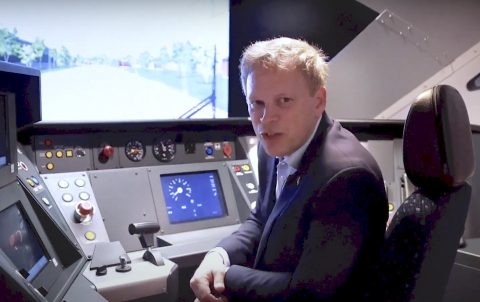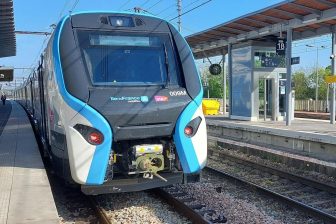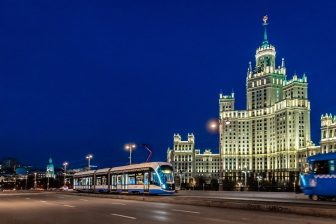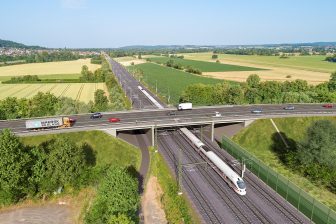
What does the East Coast digitisation mean for the UK rail network
The announcement that the East Coast Main Line (ECML) will benefit from a significant digital upgrading has caught the imagination of the rail industry at large. There is a genuine belief that the twenty-first-century signalling system will enhance the line’s capacity and significantly improve the UK network overall. Yet scepticism remains.
Want to read more?
You have read all of your free premium articles for this month. Please become a subscriber to keep reading.
Subscribe now!
Take advantage of our exclusive offer to get full access to all premium content.



